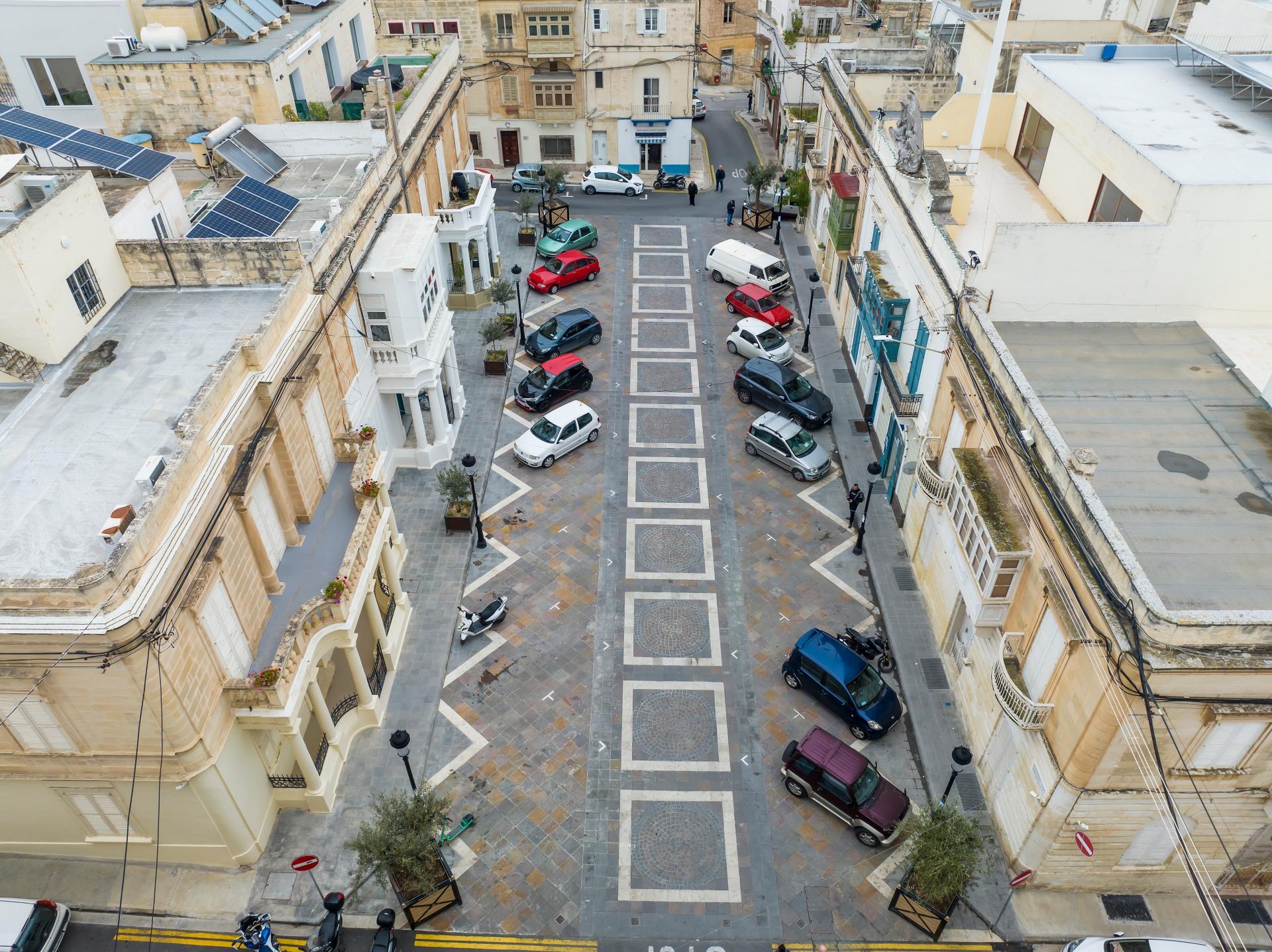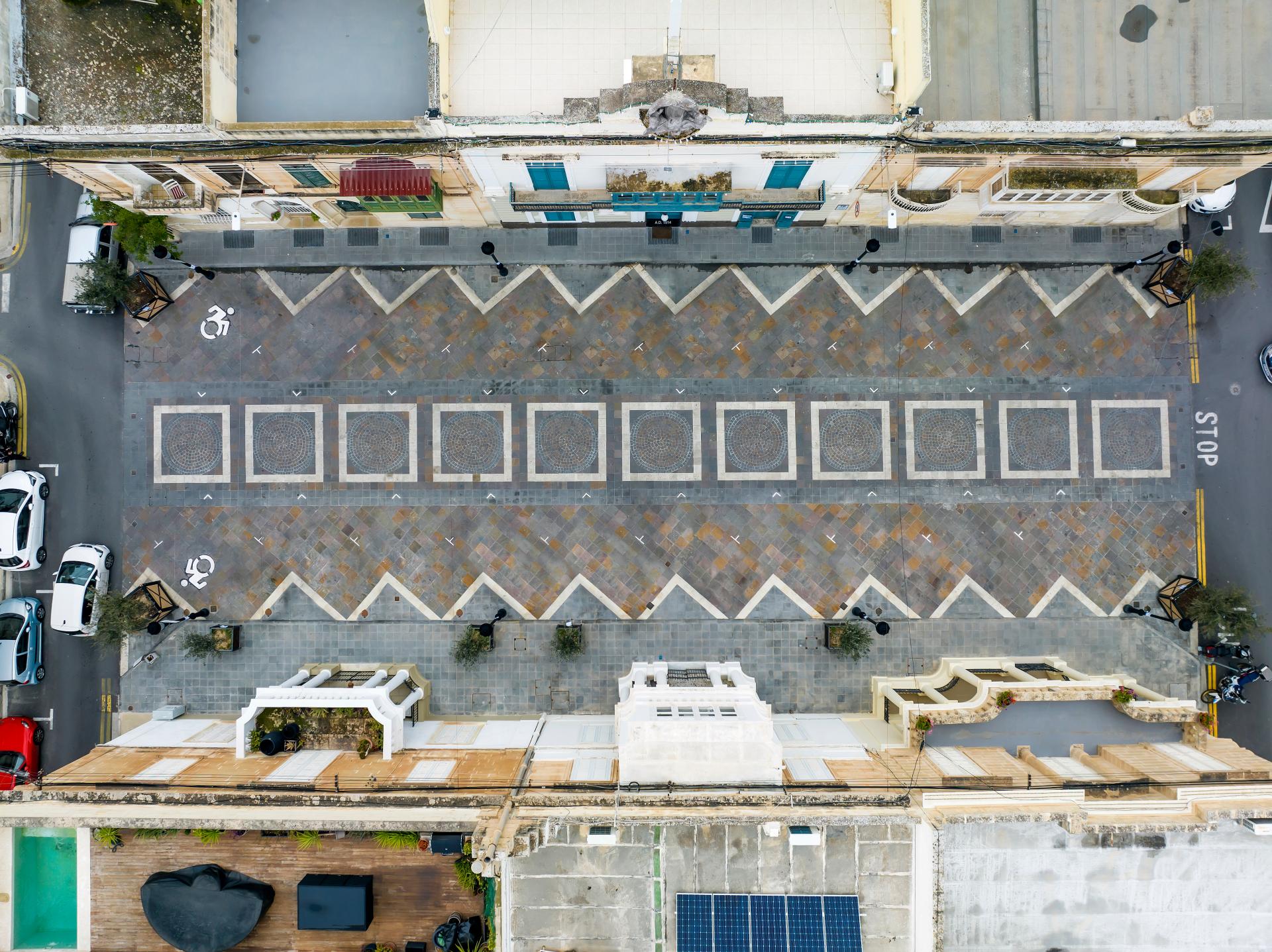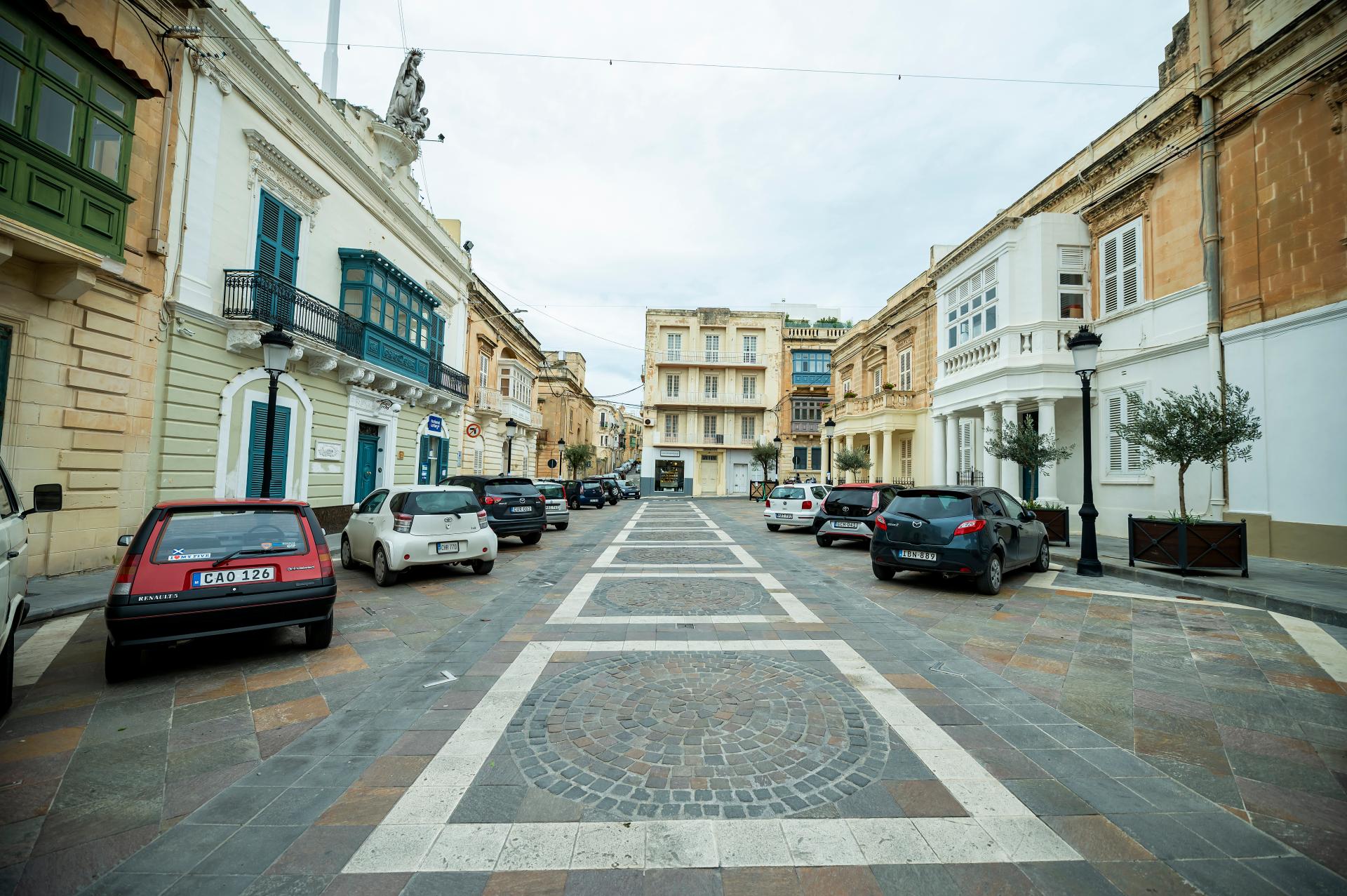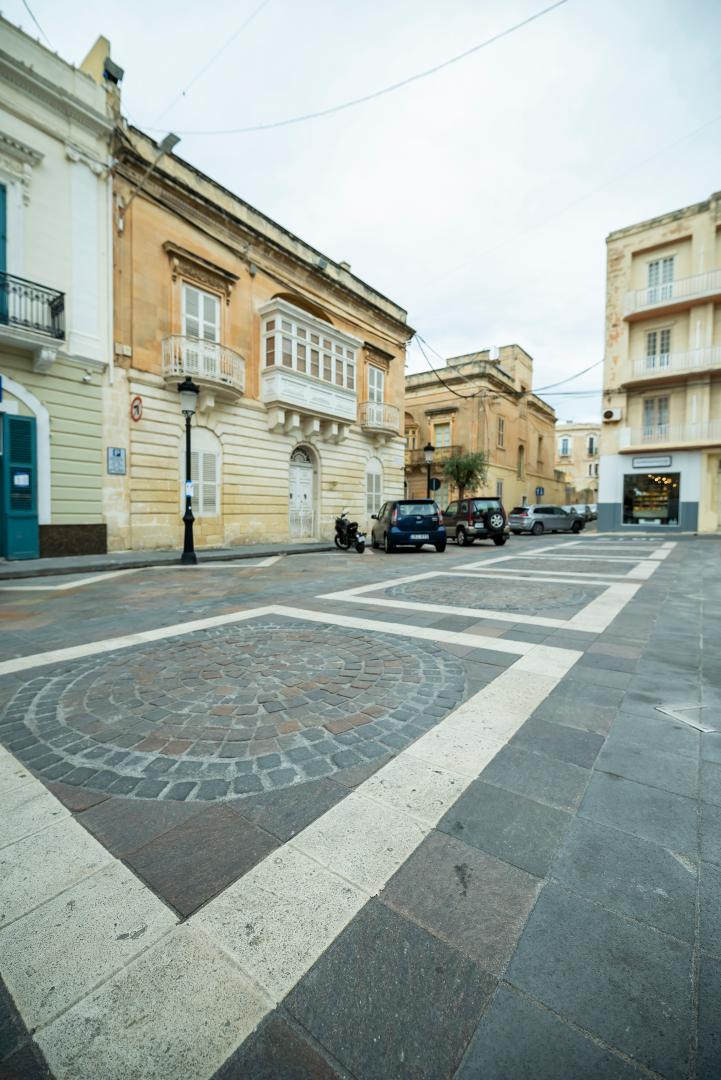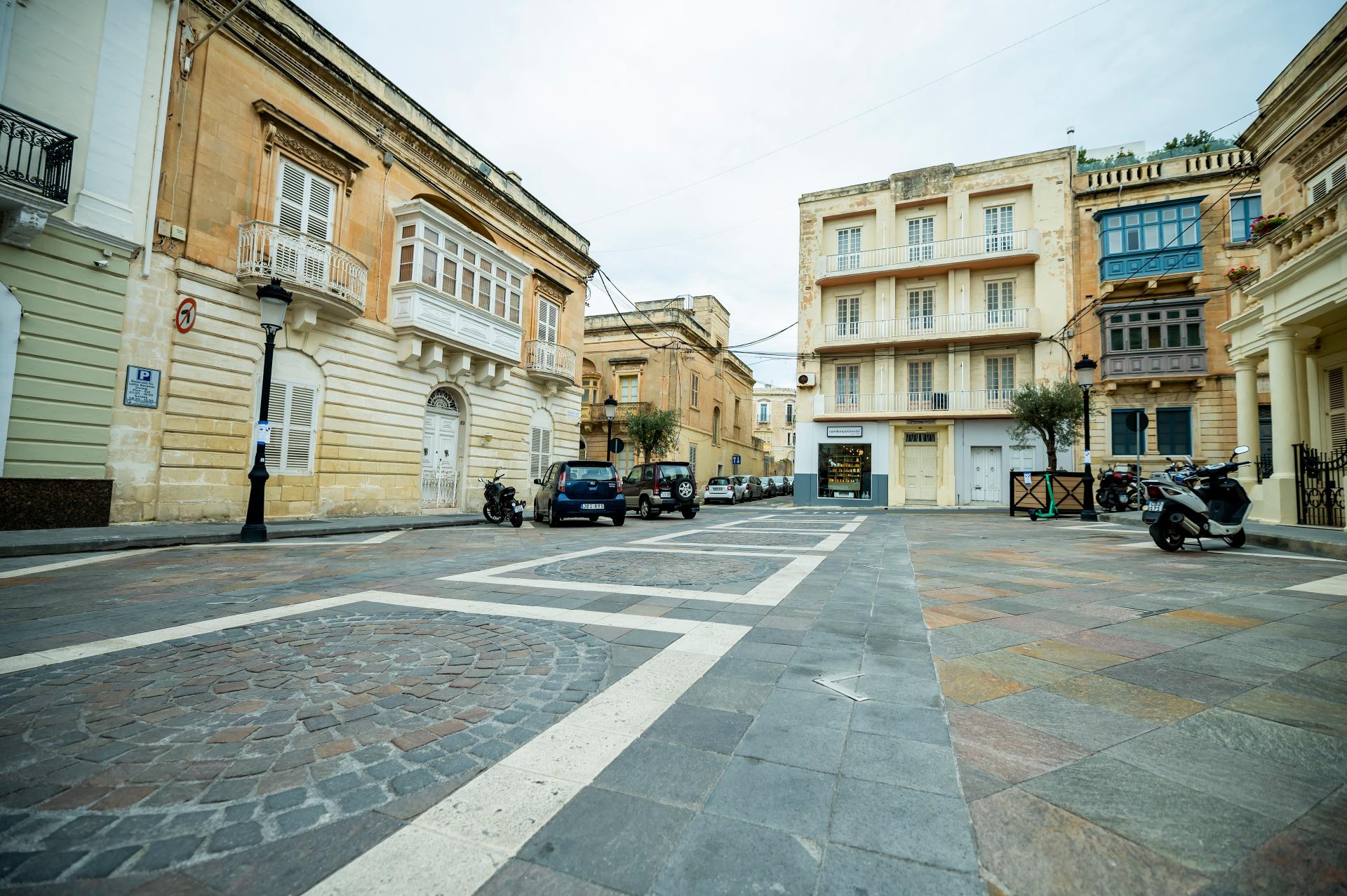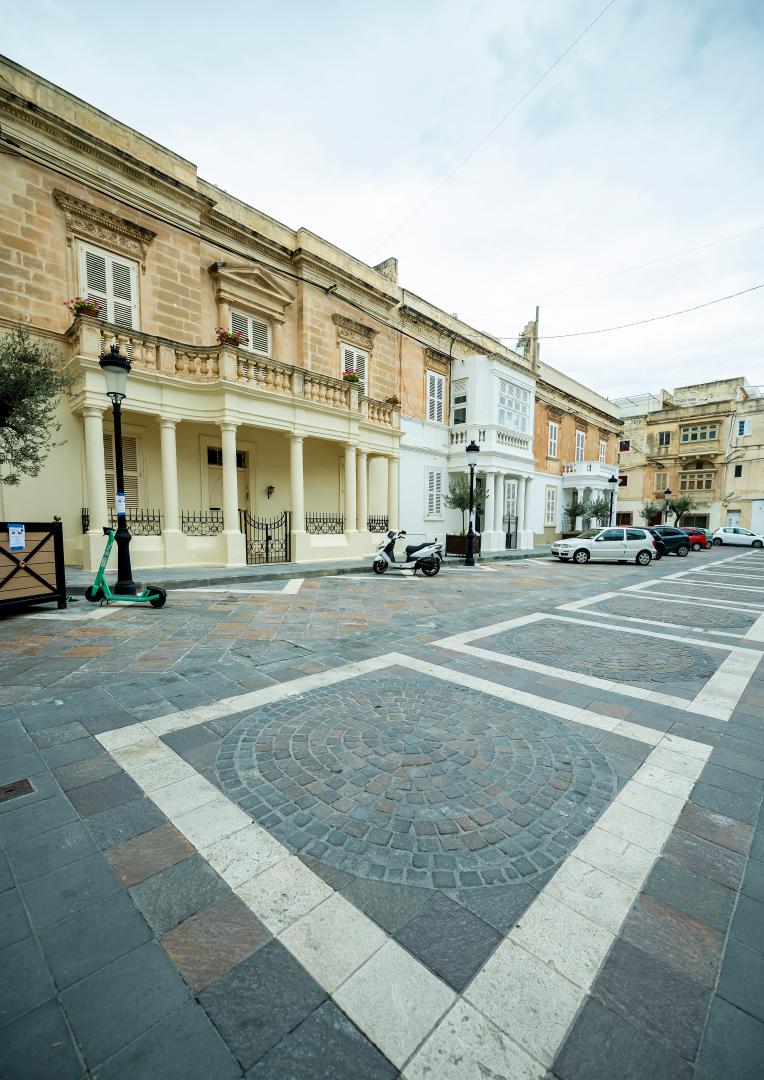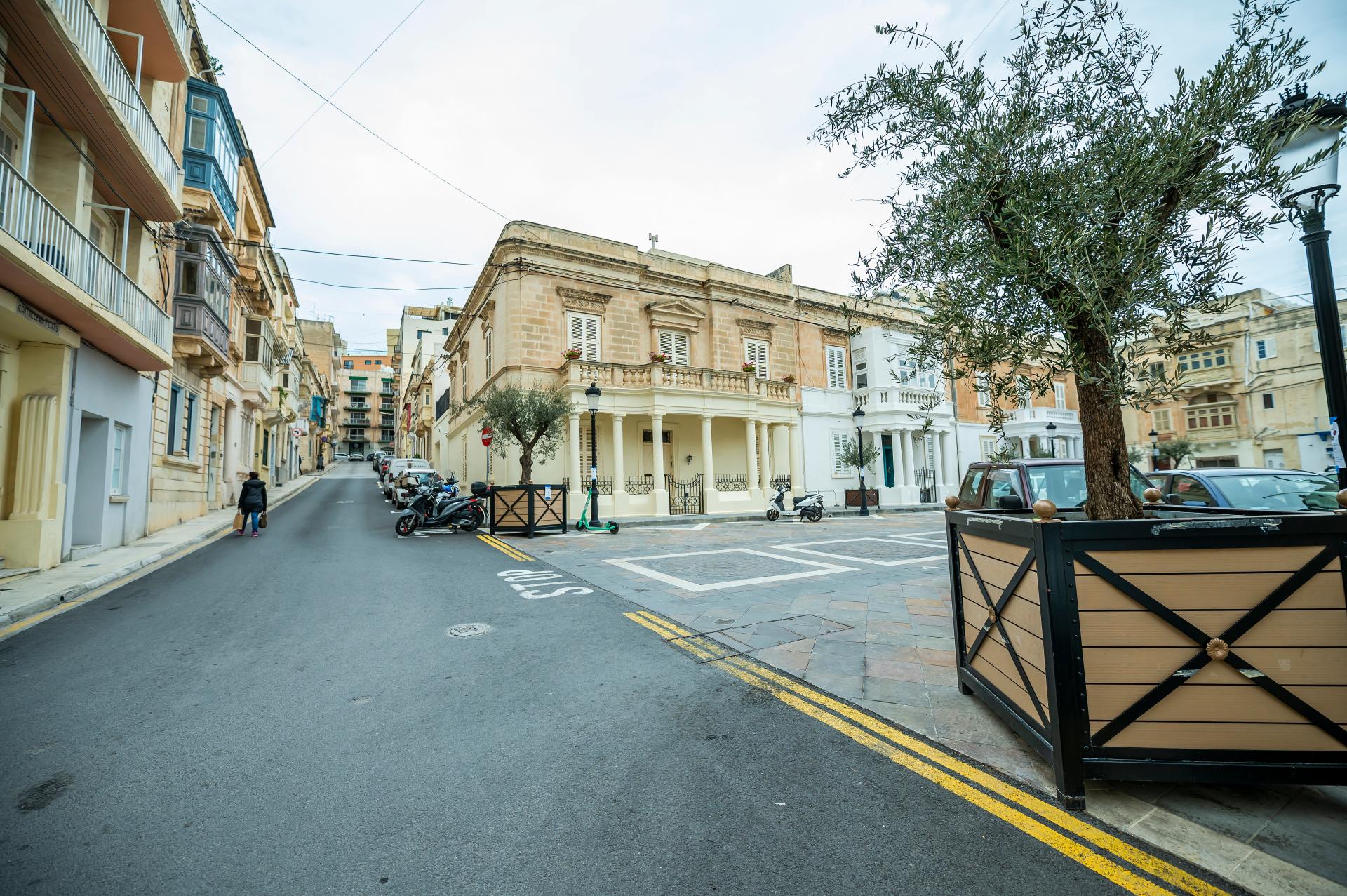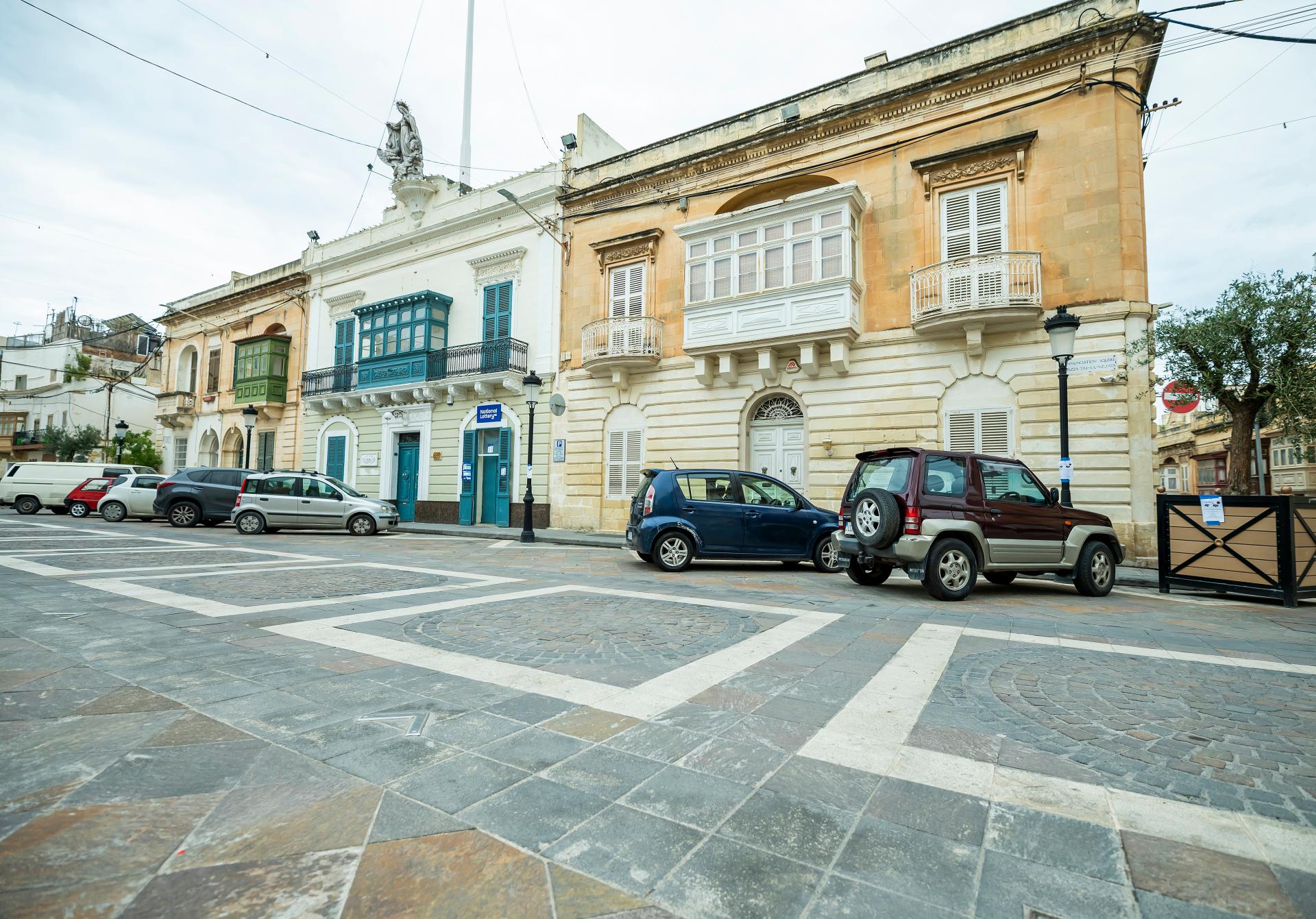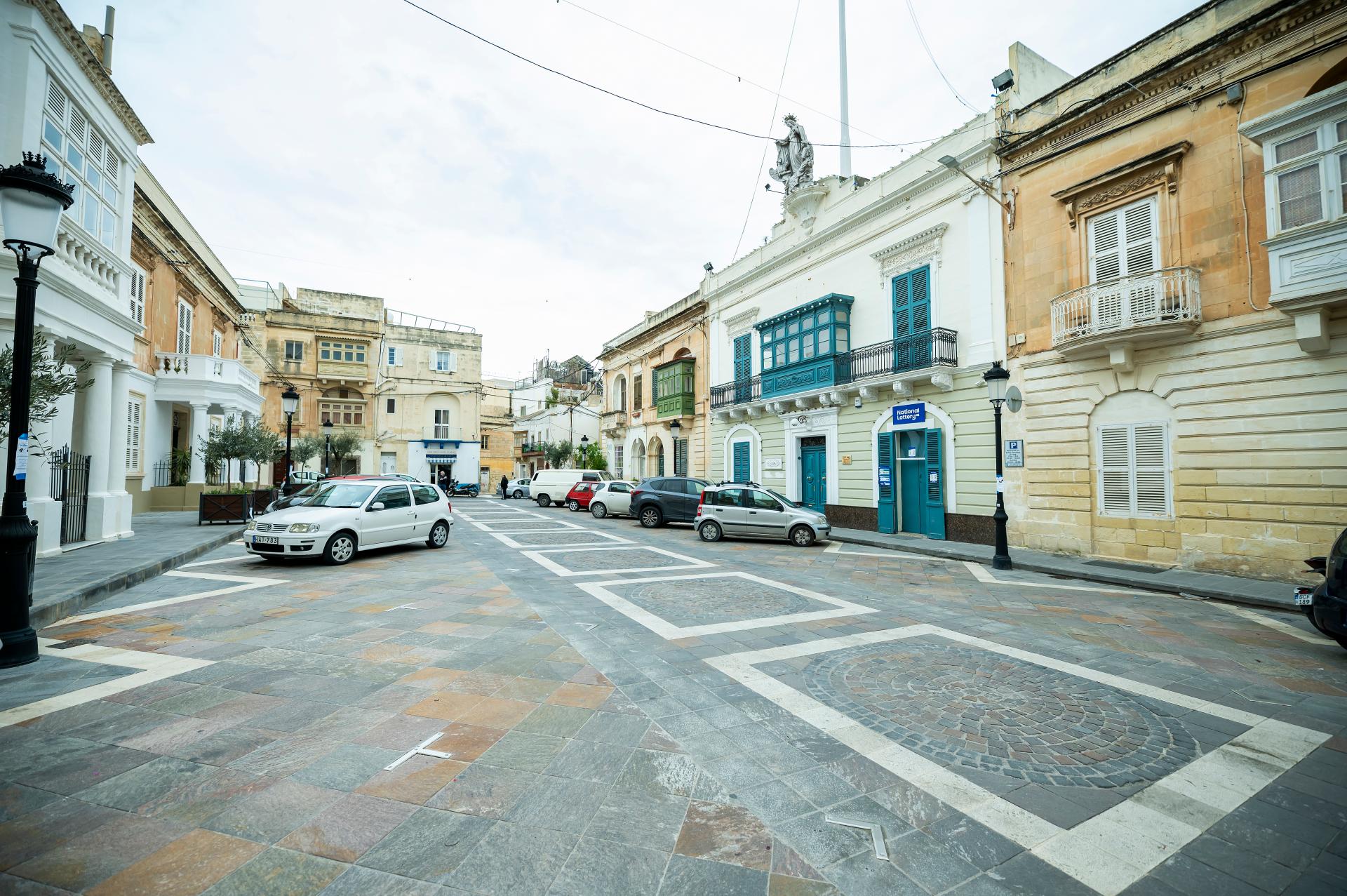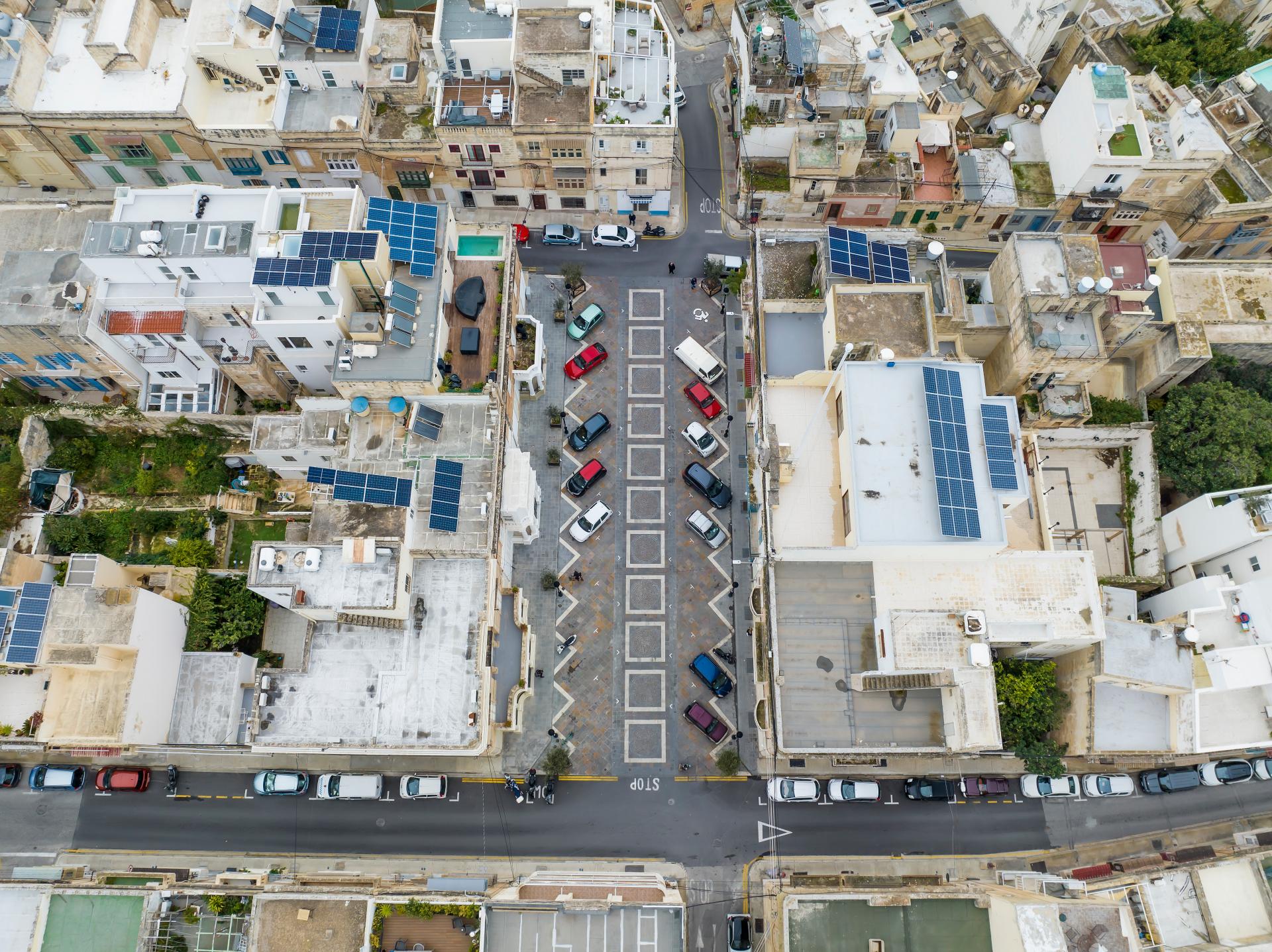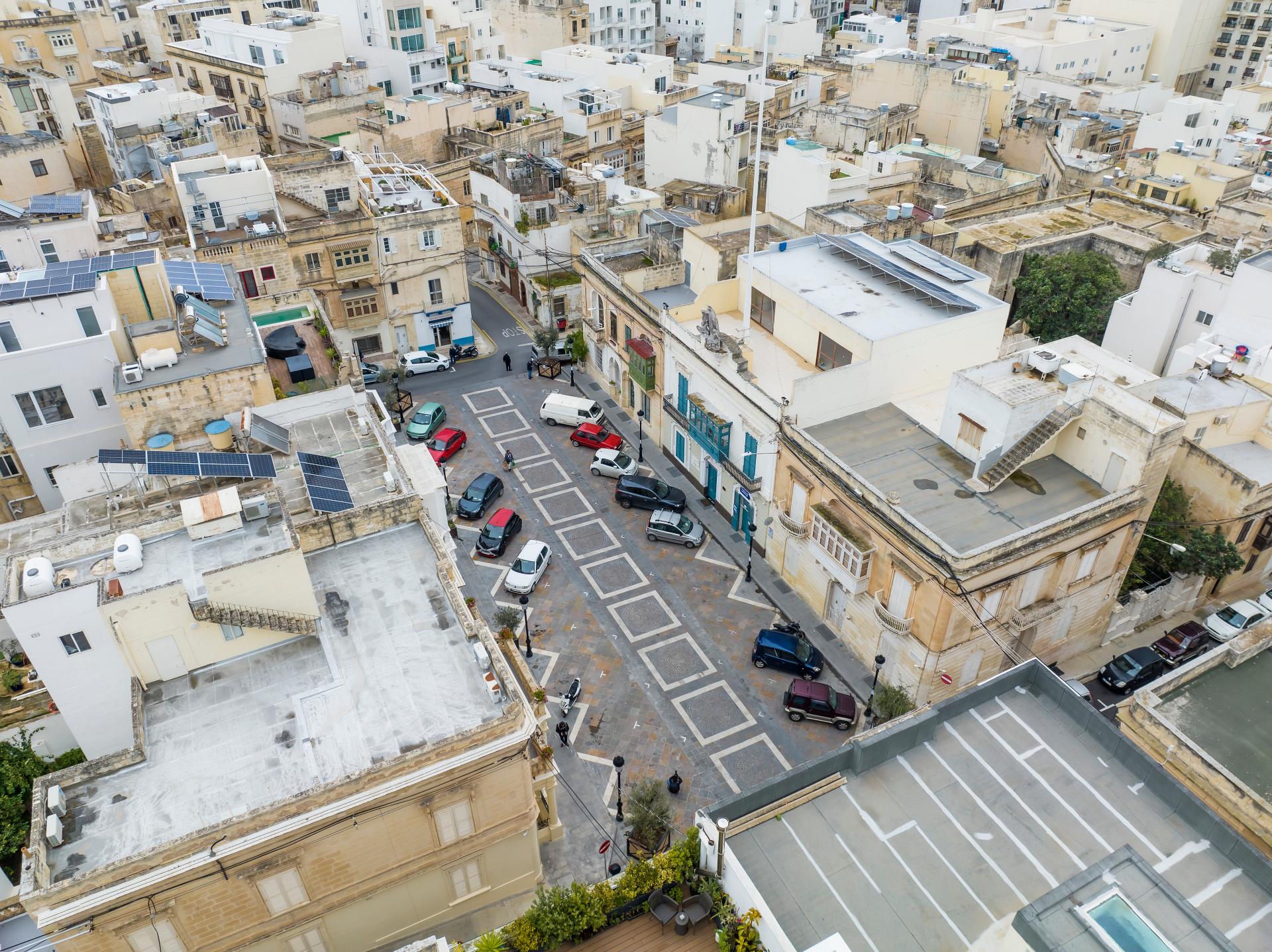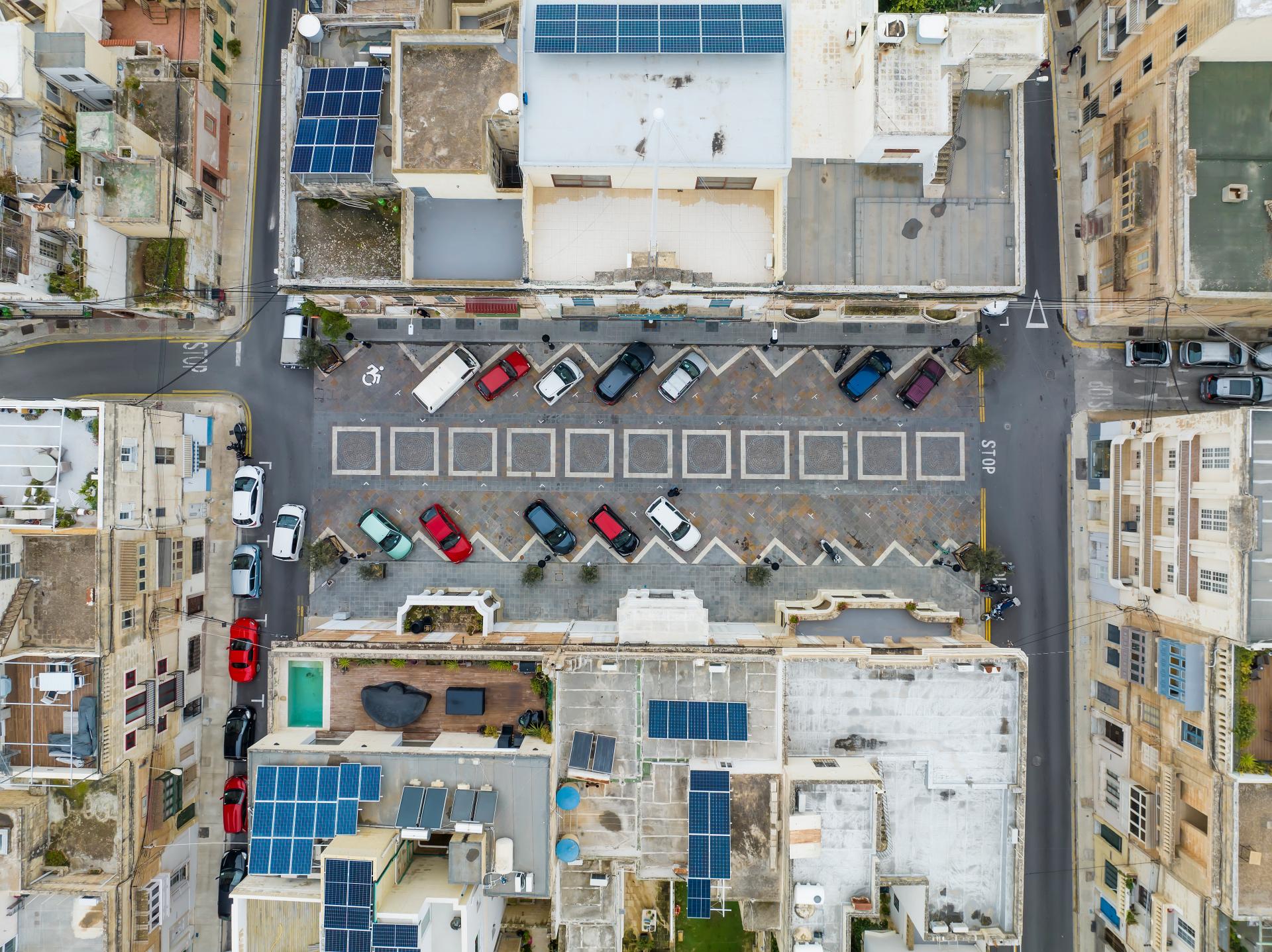Repaving of Annunciation Square
Basic information
Project Title
Repaving of Annunciation Square
Full project title
Repaving of Annunciation Square, Sliema, Malta
Category
Regaining a sense of belonging
Project Description
Annunciation Square, a focal point for the Stella Maris community in Sliema, has been transformed from a busy street flanked by two rows of perpendicular parking lots into a paved square with orderly parking and reduced traffic. Public squares in the cities and villages have long played an important role in the life of our nation, and this square is no exception.
Geographical Scope
Local
Project Region
Sliema, Malta
Urban or rural issues
Mainly urban
Physical or other transformations
It refers to other types of transformations (soft investment)
EU Programme or fund
No
Description of the project
Summary
Annunciation Square, a focal point for the Stella Maris community in Sliema, has been transformed from a busy street flanked by two rows of perpendicular parking lots into a paved square with orderly parking and reduced traffic. Public squares in the cities and villages have long played an important role in the life of our nation, and this square is no exception. A public square such as Annunciation Square has a symbolic dimension for the community members of the Stella Maris area, as it serves as a stage for religious, cultural and social activities. In addition to the paving work, four large planters with olive trees were placed at the four corners of the square and eight new energy-saving street lamps were installed.
During the works, two entrances to a World War II shelter were uncovered. The shelter was surveyed and measured to ensure that it remained safe and intact during and after the works. Since the local council did not want the underground chamber to be open to the public, it was decided to create two covered access shafts.
The repaving of the old "Pjazza Tal-Lunzjata", as it is popularly known, raised the call for a pedestrian zone among many residents, especially in a busy town where there are hardly any public places.
During the works, two entrances to a World War II shelter were uncovered. The shelter was surveyed and measured to ensure that it remained safe and intact during and after the works. Since the local council did not want the underground chamber to be open to the public, it was decided to create two covered access shafts.
The repaving of the old "Pjazza Tal-Lunzjata", as it is popularly known, raised the call for a pedestrian zone among many residents, especially in a busy town where there are hardly any public places.
Key objectives for sustainability
The use of natural stone, such as porphyry and lava rock help in preserving and improving the natural environment. Through green projects like this, the natural stone paving industry will conserve resources, prevent pollution and minimise waste.
The installation of eight LED street lamps will have sustainable impact on our environment because by reducing electricity consumption we reduce our carbon footprint in the process.
The installation of eight LED street lamps will have sustainable impact on our environment because by reducing electricity consumption we reduce our carbon footprint in the process.
Key objectives for aesthetics and quality
The key objective of the project was to transform an asphalted two-way local street into a beautifully paved space with organised on-street parking using an interesting paving design to enhance the people's interest to the place. The project was a success because on its completion, it sparked many residents into calling for the full pedestrianisation of the square even at the cost of losing precious parking spaces.
Key objectives for inclusion
The project can serve as a model especially for small urban spaces within other towns and villages in Malta. The strength of a good design can make people more aware of the benefits of having human-centred outdoor spaces.
Results in relation to category
The transformation of the square enhanced the people's feelings of the place’s character, pride and attachment to the place as they realised that a people-oriented outdoor space offers more benefits than a street, even if it means losing much-needed parking spaces.
How Citizens benefit
When the local residents heard about the proposed project they strongly objected to the idea that the space will be paved as they were afraid that it was a plan to remove all existing parking spaces. They were also against the reorganization of the parking lots because some parking spaces were going to be lost. When the project was completed this attitude changed completely because residents realized that an aesthetically pleasant space can have more benefits for a better quality of life rthan a street flanked by on-street parking spaces.
Physical or other transformations
It refers to other types of transformations (soft investment)
Innovative character
Designers normally do not go for compelling designs in repaving projects especially if the space is shared by vehicular traffic. The innovative character of this project lies in the fact that Annunciation Square was treated as though it was purely pedestrian after the author realized that the space has a symbolic meaning for the local residents.
Disciplines/knowledge reflected
Not applicable
Methodology used
The paving design of the square used the herringbone pattern of the parking bays to create a compelling design that added intense visual interest to the square. The choice of the paving materials was also intrinsic in the design process to attain the desired result. The square was paved mainly with contrasting dark grey lava rock and reddish-grey porphyry tiles, but a striking white line made from Pietra di Modica tiles accentuated the pure geometric shapes created by the zigzag pattern and the central row of squares framing the concentric circles made from porphyry cube setts.
How stakeholders are engaged
Not applicable
Global challenges
Not applicable
Learning transferred to other parties
The idea of enhancing small pockets within towns and villages through pleasant paving designs can drastically change people's feelings about the character of a place.
Keywords
Aesthetics
Sustainability
Organistion
Character
Attachment

